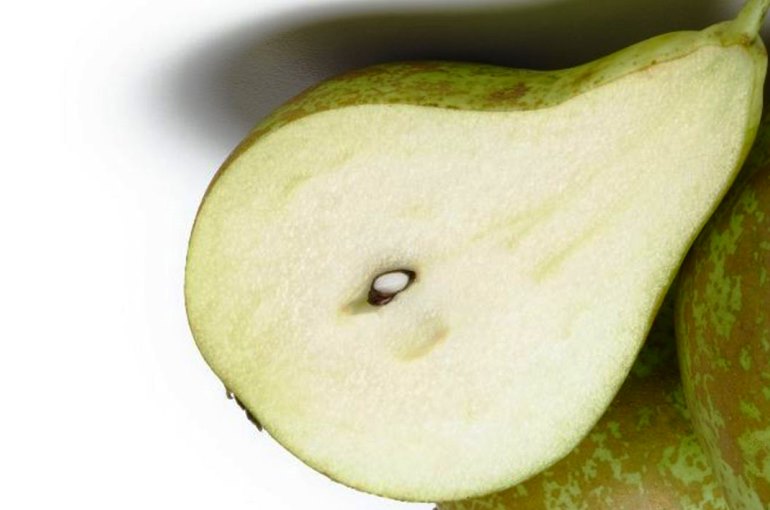How to grow a Pear Tree from Seed

This post is also available in:
This post is also available in:
![]() Español (Spanish)
Español (Spanish) ![]() Français (French)
Français (French) ![]() Deutsch (German)
Deutsch (German) ![]() Nederlands (Dutch)
Nederlands (Dutch) ![]() العربية (Arabic)
العربية (Arabic) ![]() Türkçe (Turkish)
Türkçe (Turkish) ![]() 简体中文 (Chinese (Simplified))
简体中文 (Chinese (Simplified)) ![]() Italiano (Italian)
Italiano (Italian) ![]() Ελληνικά (Greek)
Ελληνικά (Greek) ![]() Português (Portuguese (Brazil))
Português (Portuguese (Brazil)) ![]() polski (Polish)
polski (Polish)
Growing a pear tree from seed
If you want to grow a pear tree from seed, you have to be aware of some facts. First of all, pear trees grown from seeds (and will not get grafted in the future) will most likely not produce fruits for the first 7-10 years of their life. Some of them may not produce fruits for the whole of their lifetime. Secondly, the pear trees grown from seed are much more susceptible to diseases than the trees propagated by grafting. Thirdly, if you plant the pear seed of a known variety, the tree that will grow from that seed will not produce pears of the same variety. These are the 3 reasons why nearly all commercial fruit growers avoid growing trees from seed and they rather choose the method of grafted seedlings. Trees propagated by grafting come into fruition much sooner, produce fruits of a uniform variety (shape, size, color etc.) and the rootstocks have been selected to develop resistance to certain diseases.
Moreover, the majority of pear trees are not self-pollinating. This means that if there isn’t any other pear tree of compatible variety somewhere close (about 80 feet or 25 m) to your backyard, you will likely have to plant at least 2 trees of different and compatible varieties in order to harvest fruits.
However, the joy of raising our own tree from seed is unparalleled, so let’s get started. The first thing we have to do is collect 5-10 mature pears, preferably from 2-3 different varieties. We cut the pears carefully and we collect the seeds (try not to cut the seeds with your knife – damaged seeds will not germinate). We need to have at least 3 dozens of seeds, because -on average- only 1 out of 4 seeds will germinate properly and will finally manage to develop into a young tree. We first let the seeds dry and then we carefully wrap every 2-3 seeds into a wet paper towel. We put each wet towel in a plastic bag sealed properly.
From this point onwards, there are several different techniques (stratify the seeds in the fridge etc.). However, the quickest and easiest way is to place the plastic bags in a dark and warm place or in an incubator. We carefully check every 15-20 days if the towel is wet, if there is proper air quantity and circulation inside the plastic bag and if any sprouts have developed. We then select only the seeds that have developed a small sprout. We plant them in individual small pots containing special soil mix (soil with river sand and compost etc.). We have to plant the seeds superficially, at a depth of 1,2 inches (3 cm) and cover lightly with soil. Then, we place the pots at a room temperature, close to a wide window, so that the seedlings will have access to plenty of sunlight. The most important thing from now on is to keep the pots moist but not soggy (don’t over irrigate). We may have to check that the small pots have a small hole at the bottom in order to let the water drain.
When the seedlings have reached a height of 20 inches (50 cm), we can select the 2-3 more vigorous and we transplant them at a bigger container, or at sunny part of our backyard. When planting in our yard, the planting distance shall be at least 25-30 feet (7,5-9 m). Keep in mind that the pear trees grown from seed may finally reach a height of 30 feet (9 meters) or more. Consequently, spots which have physical obstacles (for instance power cables) must be avoided.
You can enrich this article by leaving a comment or photo of your pear tree that is grown from seed.
2.) How to grow a Pear Tree from seed
3.) Growing Pear Trees in pots
4.) Growing Pear Trees commercially
5.) Pear Tree Climate Conditions
6.) Pear Tree Soil Requirements and Preparation
7.) Pear Tree Propagation and Pollination
9.) Pear Tree Water Requirements
10.) Pear Tree Fertilizer Requirements
12.) Pear Tree Harvest & Yields
13.) Pear Tree Pests & Diseases
Do you have experience in Pear Tree cultivation? Please share your experience, methods and practices in the comments below. All the content you add will be soon reviewed by our agronomists. Once approved, it will be added to Wikifarmer.com and it will influence positively thousands of new and experienced farmers across the world.








































































